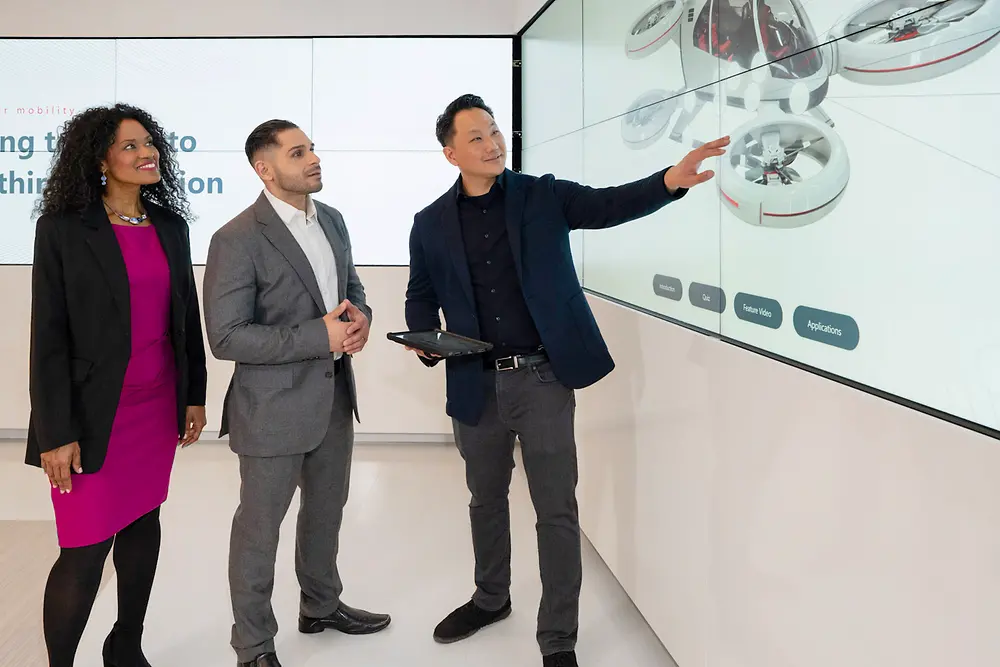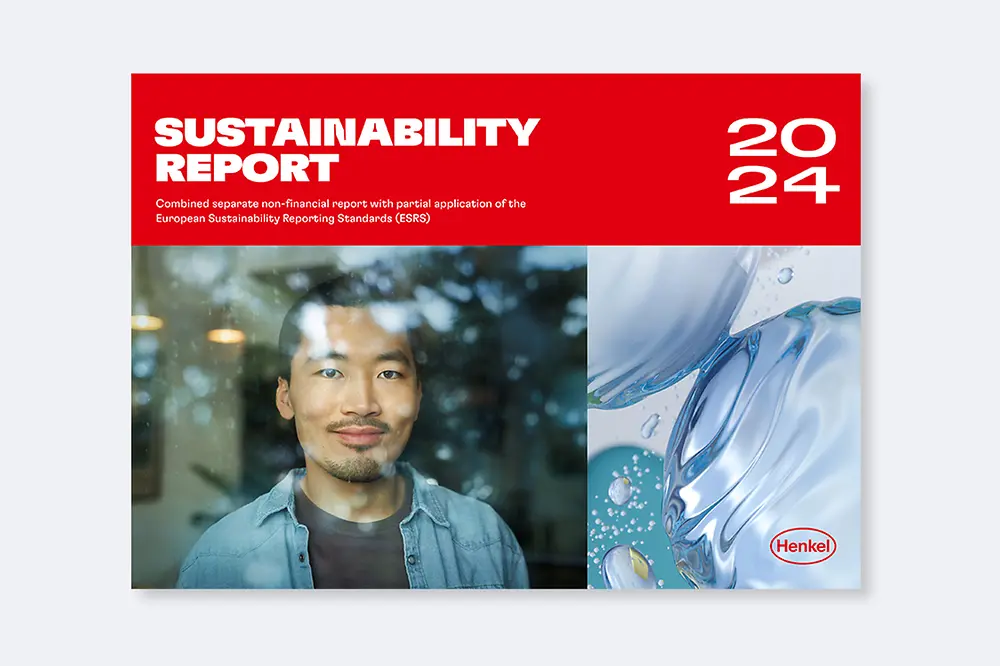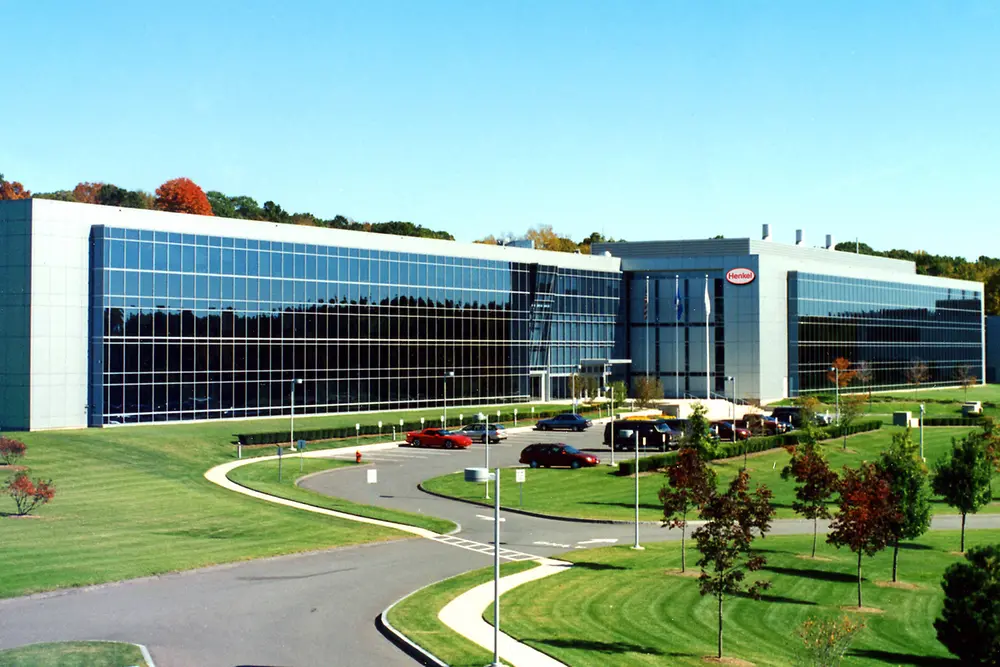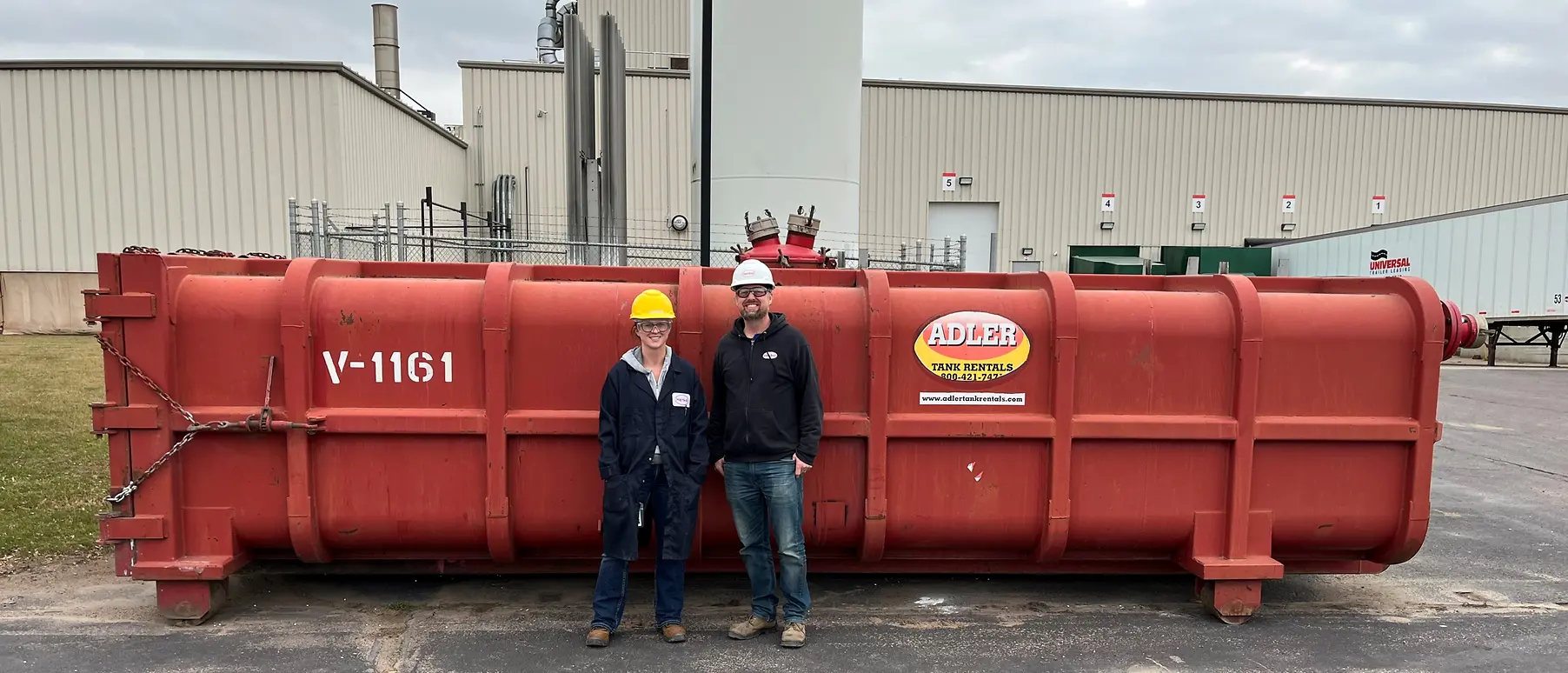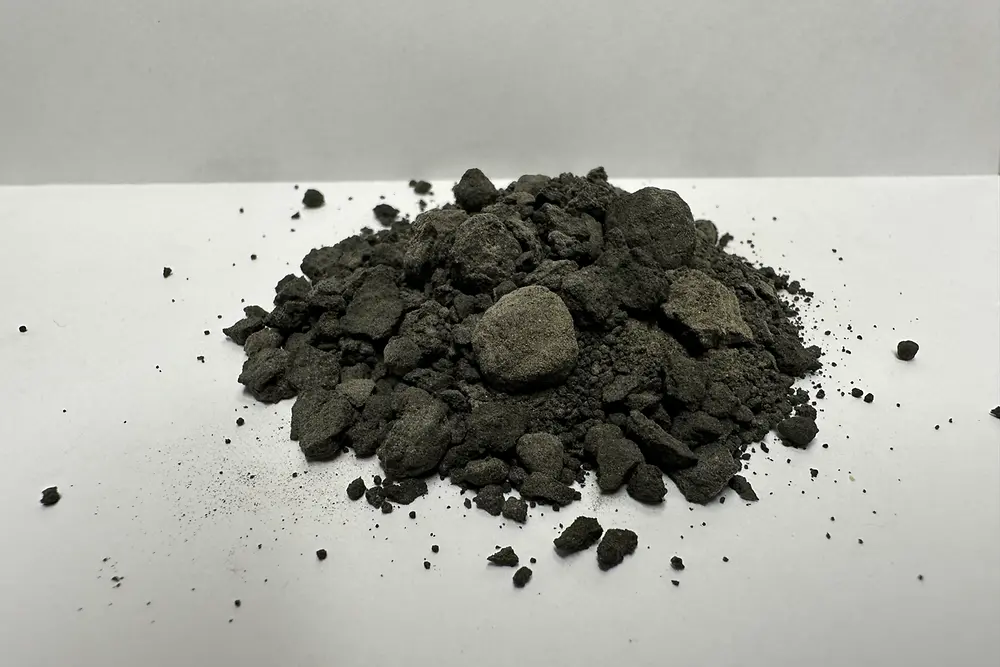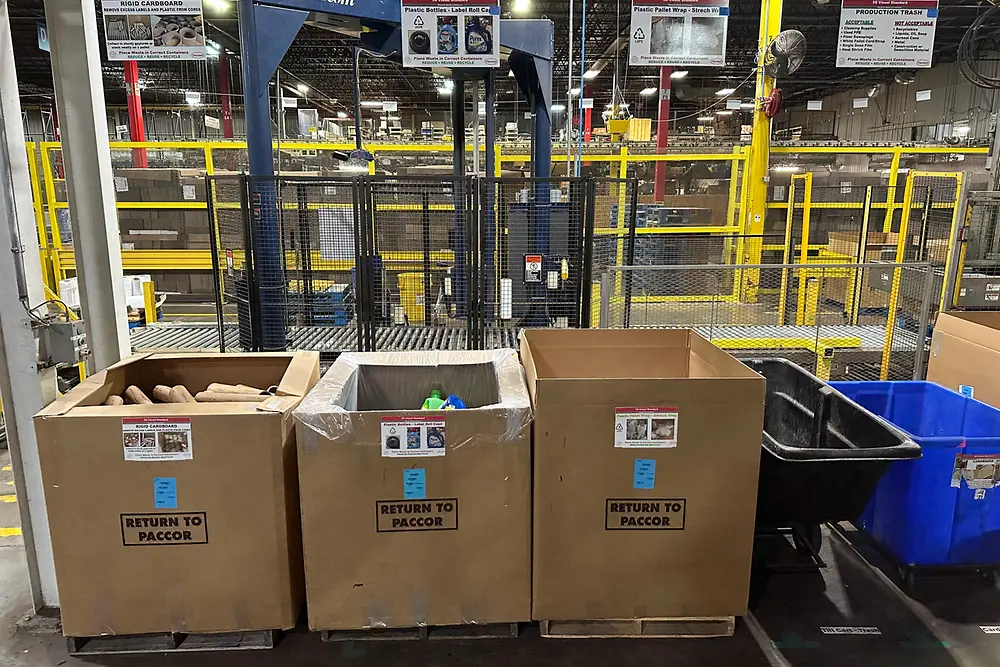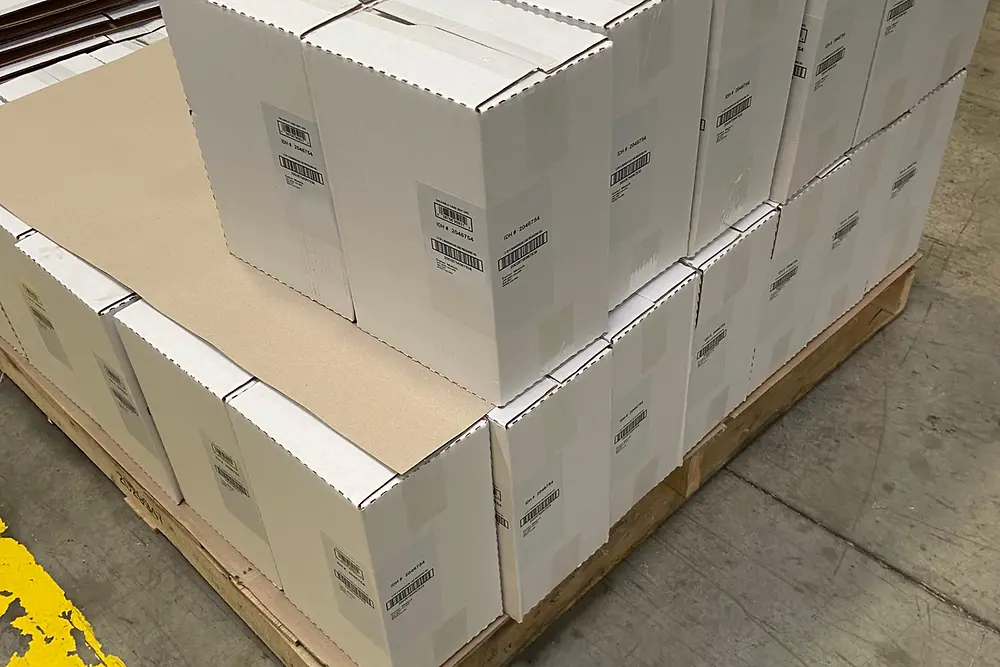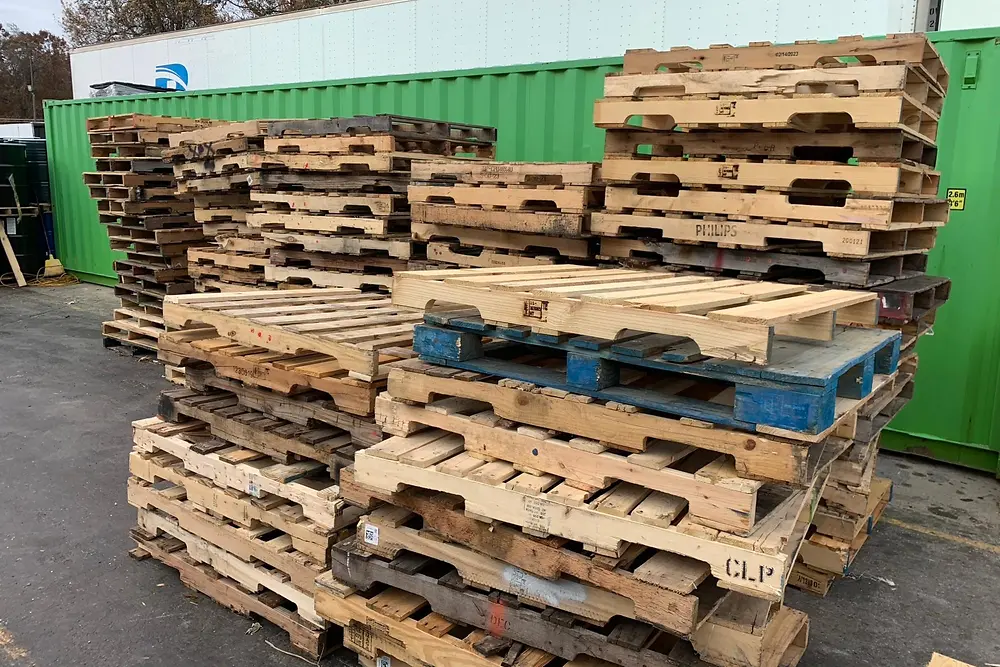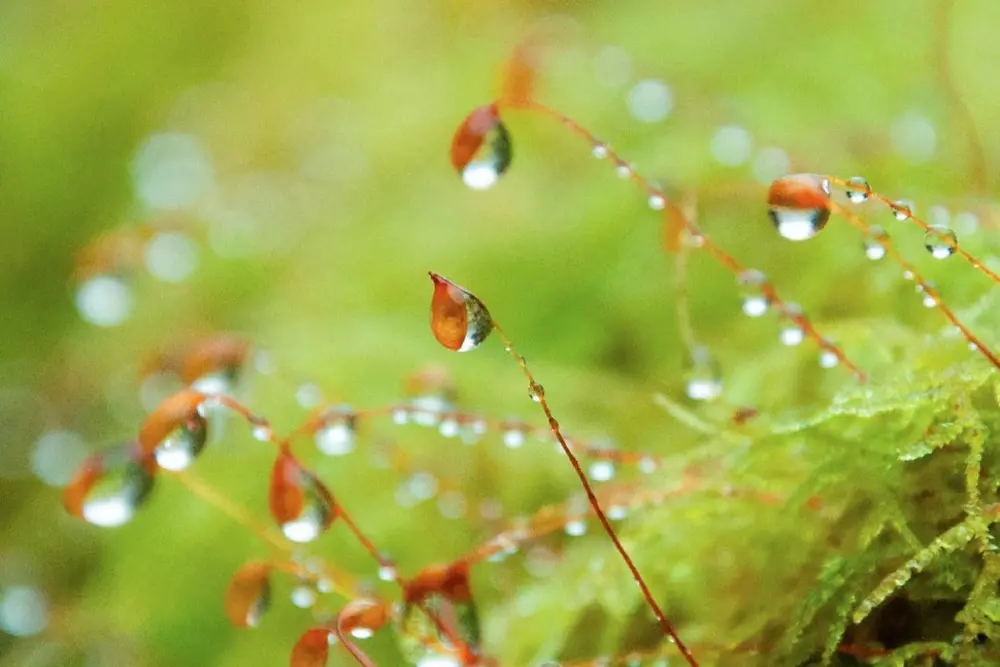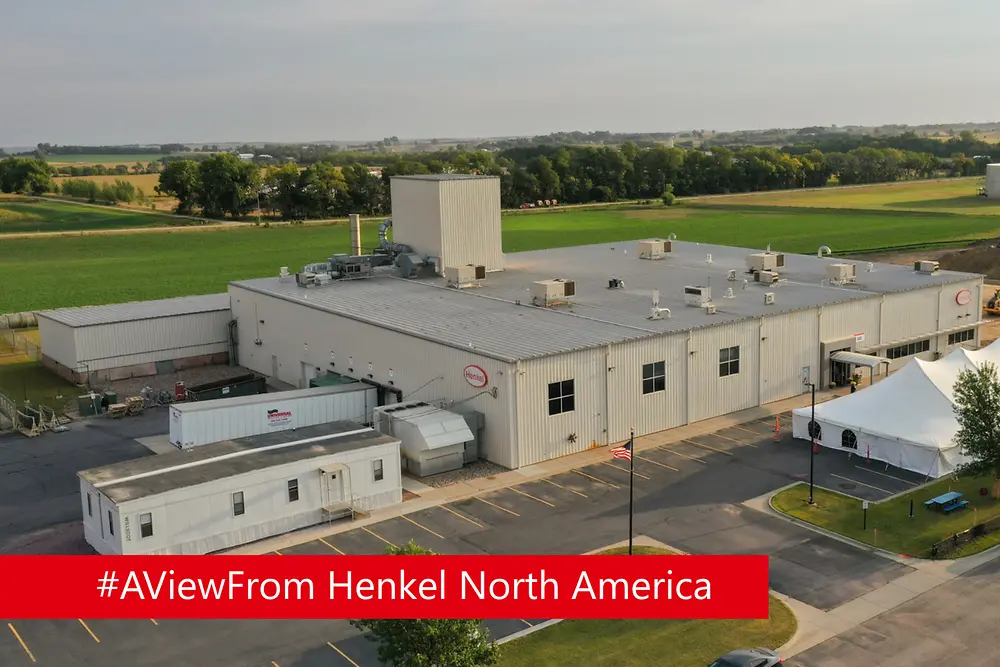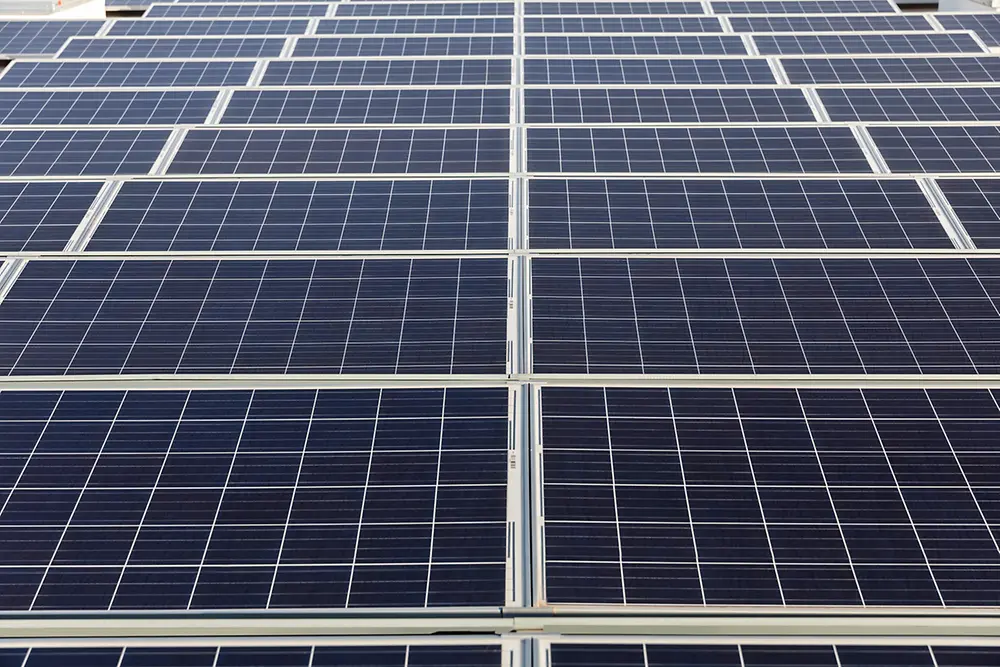Waste circularity aims to keep materials in the supply chain through reuse, repurposing and high-quality recycling (where scrap materials are recycled into the same thing or upcycled into a higher-value process or product). At Henkel, that includes materials such as corrugated cardboard, plastics and other byproducts from the production process.
Conservation, Creativity & Teamwork
Across North America, production sites have found creative ways to reduce, reuse and recycle. For example, Henkel adhesives plants in Greenville and Enoree, South Carolina, donate used wooden pallets to Izzie’s Pond, a nonprofit that sells the pallets to help fund its wildlife rescue and rehabilitation activities.
The team in Mentor, Ohio, found a colorful way to reduce waste. Every time sealant colors are switched out on the packaging line, the first 40 to 50 tubes contain a mixture of the previous and the new color. Rather than scrapping this high-quality product, Henkel sells these non-standard colors at a lower cost for use in applications where the sealant is not visible.
After focusing on the Zero Production Waste to Landfill initiative at their own site, the team at Brandon, South Dakota, reached out to help a sister site reduce costs and focus on Zero Production Waste to Landfill efforts. Through a unique partnership, Henkel’s Cannon Falls, Minnesota, facility uses internal transportation to ship aluminum oxide to the Brandon facility, where it is re-routed to a cement kiln as a raw material ingredient.
Henkel works closely with waste management partners in the region and other partners to find suitable outlets for a variety of waste produced at its facilities.
Cleaning Up Laundry Waste
In Bowling Green, Kentucky and St. Louis, Missouri, where laundry products are made, material that was once destined to clean and soften clothes eventually finds new life in buildings and roads.
Working with a waste management and processing partner, the St. Louis plant was able to qualify its production waste as green waste, so it could be burned in a cement kiln. The process creates “clinker,” a small, rock-like byproduct that is the first stage of cement manufacturing. The clinker is further processed to be 100% converted to cement. This company also routes the plant’s liquid detergent waste, using it as a raw material to make industrial cleaning products such as floor washer and commercial car wash soaps.
Internal recycling practices, including department-specific, color-coded recycling stations at the point of use, also play a key role in helping the plants work towards Zero Production Waste to Landfill.
